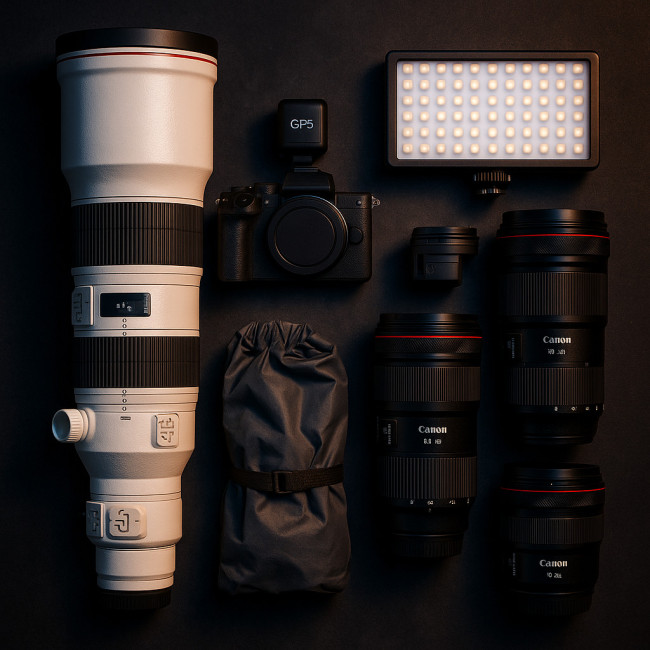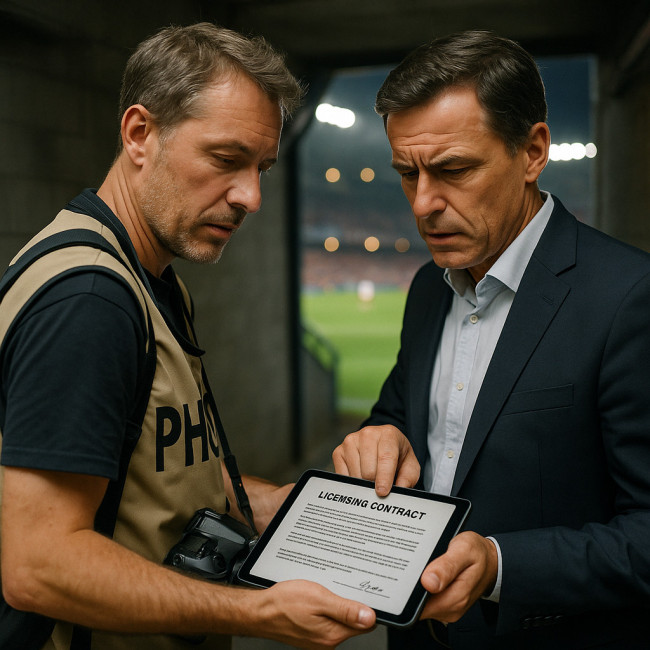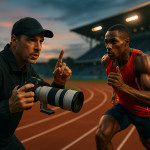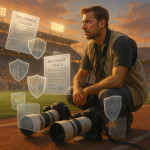From stadium flash to story: define your niche within sports photography markets
Choosing a clear sports photography niche helps you book higher-value clients, refine your gear purchases and stand out on crowded talent directories. Follow this guide to pinpoint the arena where your creative style, market demand and access overlap.
Why niching down matters for every sports photographer
Sports photography niches range from Olympic-level events to grassroots leagues. When you commit to one slice of the market, you:
- Charge premium rates because you are perceived as a specialist.
- Cut equipment costs; you buy only the lenses and lighting setups your chosen sport requires.
- Tell richer stories by mastering the culture, rules and emotional beats of one discipline.
- Shoot less on spec; brands, federations and agencies approach you with briefs that match your portfolio.
Map the sports photography landscape before you choose
| Niche segment | Typical clients | Average day rate (USD) | Rights complexity | Peak season |
|---|---|---|---|---|
| Major broadcast sports | News agencies, global sponsors | 1,000 – 3,000 | High (league & media rights) | Event-specific |
| Emerging action sports | Gear brands, magazines | 800 – 1,800 | Medium | Spring/Summer |
| Grassroots & community | Clubs, schools, local sponsors | 400 – 900 | Low | School year |
| Endurance & lifestyle | Apparel, nutrition brands | 700 – 1,600 | Medium | Year-round |
| Athlete storytelling campaigns | Agencies, personal brands | 1,200 – 2,500 | Medium | Pre-season & launch weeks |
Step-by-step process to define your profitable niche
1. Audit your existing access
List venues, teams and federations you can already reach. Access often trumps aspiration—shooting Tier-2 volleyball with full credentials beats dreaming of the Super Bowl from the sidelines.
2. Analyse demand and budget movement
Study published rate cards, sponsorship packages and event media guides. If a niche attracts new broadcast deals or streaming platforms, advertising budgets for imagery rise accordingly.
3. Match style with storytelling needs
If you excel at intimate behind-the-scenes portraits, consider athlete brand stories. Prefer long lenses and high-frame-rate bursts? Court mainstream broadcast sports instead.
4. Stress-test seasonality
Can you fill the calendar? Mix indoor winter sports with summer endurance events to avoid cash-flow gaps.
5. Pilot and measure response
Shoot three focused test projects. Publish them in a sports photographer directory and track inquiries. The segment that yields the fastest, highest-value contacts wins.
Gear decisions aligned with niche goals

Specialised equipment shows potential clients you understand their technical constraints. A well-curated kit list also signals that you have battle-tested solutions for common obstacles: mixed lighting, unpredictable weather or tight bench space. By matching lens choice, camera body and accessory ecosystem to the signature moves of a given sport, you remove friction on game day and reassure art directors that every crucial frame will be clean, sharp and publish-ready.
- Indoor court sports: fast f/2.8 zooms, colour-consistent LED strobes.
- Outdoor action sports: weather-sealed bodies, 400 mm prime, burst buffer > 120 RAW.
- Endurance events: lightweight mirrorless kit, GPS tagging for course mapping.
For a deeper dive on budget-smart purchases, read our guide choosing gear that captures speed without debt.
Risk, rights and revenue fundamentals

Shooting high-velocity scenes means higher risk. Flying balls, drifting bikes and sprinting athletes can turn a stray camera body or light stand into an injury weapon in a split second. To protect both yourself and the organiser's reputation, confirm venue insurance requirements and liability limits early, then note them on your call sheet. Our article on sports photographer insurance essentials walks you through coverage ranging from third-party liability to on-location equipment riders.
On the rights side, negotiate:
- Usage period (campaign length, archive inclusion).
- Territories (local, continental, worldwide).
- Media formats (print, digital, out-of-home).
Bundling these terms up front helps you upsell extended licences instead of delivering endless image sets.
Workflow tweaks for athlete-centric shoots
Elite performers work on tight timetables. Improve cooperation by:
- Sending concise visual briefs 72 hours beforehand.
- Using cue cards instead of lengthy verbal directions.
- Scheduling micro-breaks around warm-up and recovery blocks.
Get more tips in our athlete briefing playbook.
Boost discovery with smart metadata
Directory algorithms reward exact sport tags and AI-readable captions. Batch-process IPTC fields and auto-generate alt text. Next-level advice: AI tagging for action shots.
Case study: shifting from hobbyist to pro in 12 months
Jordan, a weekend basketball shooter, narrowed focus to wheelchair basketball—a community he had access to and passion for. He:
- Uploaded 20 storytelling frames to his directory page.
- Won a local sponsor shoot within six weeks.
- Scaled to national league coverage inside a year.
See the full journey in our milestone breakdown.
Stay future-proof: continuous learning loops
Sports rules, media rights and tech change quickly. Block monthly time slots for rulebook refreshes, lighting tests and backup workflow drills. Follow athlete transfer news to anticipate new sponsorship campaigns.
Quiz: find your sports photography sweet spot
FAQ
- How narrow should my sports photography niche be?
- Choose one primary sport or format first. You can add a complementary niche once you dominate the initial segment.
- Can I pivot niches later?
- Yes. Keep personal projects in your target area, update metadata and announce the shift on directories and social channels.
- Do I need agency representation?
- Representation helps with broadcast-level rights negotiations, but many photographers succeed as independents by leveraging directories and direct brand pitches.
- What if my niche has an off-season?
- Offer archival licensing, run print sales or teach workshops during downtime to maintain cash flow.
Next step: position yourself where recruiters look first
Once your niche is clear, optimise your directory listing with sport-specific keywords, concise bios and fresh portraits. Recruiters filter hundreds of profiles every week—be the obvious pick.
Ready to claim your space in the market? Update your portfolio today and pitch three clients within the next 48 hours.











